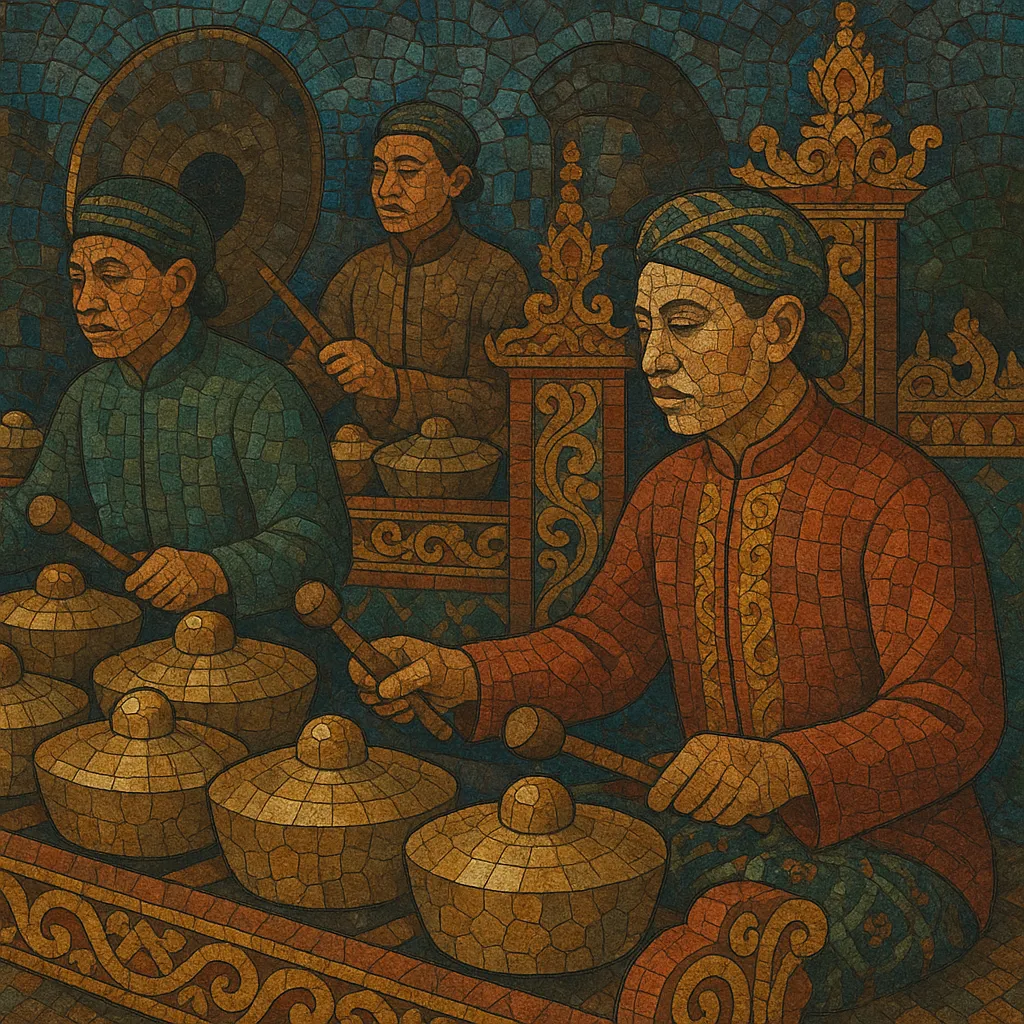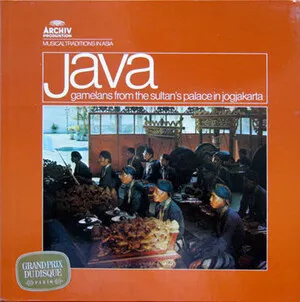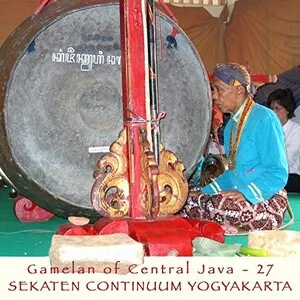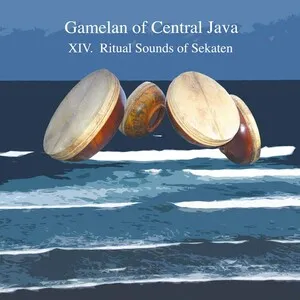Gamelan sekaten is a Javanese ceremonial gamelan tradition performed during the Islamic festival of Sekaten, which commemorates the Prophet Muhammad’s birthday. It is most closely associated with the royal courts and Great Mosques of Yogyakarta and Surakarta in Central Java, Indonesia.
The ensembles are notable for their oversized bronze instruments, powerful volume, and stately, processional tempos. Repertoire is predominantly in the slendro tuning system and emphasizes a grand, solemn atmosphere suited to outdoor, public ritual. Unlike other Javanese court gamelan, sekaten music is strictly instrumental, projecting a majestic, resonant sound that carries across palace squares and mosque courtyards.
Sekaten is traditionally linked to the early Islamization of Java in the 1500s, often associated with Sunan Kalijaga and the Demak Sultanate’s efforts to attract the public to Mawlid (the Prophet’s birthday). Gamelan music—already central to Javanese court culture—was adapted into a public, devotional context to draw crowds to the mosque and announce the festival.
With the rise of the Mataram successor courts—Yogyakarta and Surakarta—the sekaten tradition was formalized. Special, oversized gamelan sets were commissioned and kept in palace custody, brought out only for Sekaten week. Famous sets such as Kyai Guntur Madu and Kyai Guntur Sari became emblematic in both courts, reflecting the royal custodianship of sacred musical heritage.
Sekaten music is performed outdoors in palace squares and at the Great Mosques, typically over several evenings leading up to Garebeg Maulud. The music’s slow cycles, weighty colotomic markers, and massive sonority create an aura of grandeur and reverence. Its role is both sonic proclamation and spiritual invitation, encouraging the community to gather, reflect, and participate in the festival.
Into the 20th and 21st centuries, sekaten remains a living ritual tradition supported by palace musicians (abdi dalem) and conservatory-trained artists. While largely unchanged in core practice, documentation, study, and selective concert presentations have increased public awareness beyond Java, preserving its ceremonial identity while allowing careful educational dissemination.







